How Do You Dispose of Used Oil?
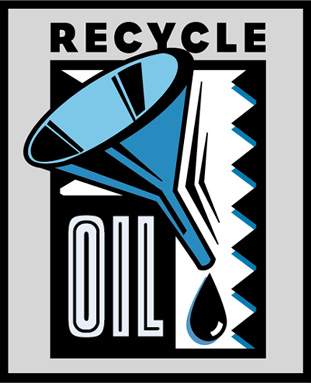
If all the used oil from people in the United States alone who changed their own oil were re-used and recycled, there would be enough motor oil from that population alone to power 50 million automobiles each year. The used oil from just one oil change can contaminate 1 million gallons of fresh water-a year’s supply of drinking water for fifty people.
During normal use of marine engine oil, impurities such as dirt, toxic chemicals, and heavy metal scrapings can mix in with the oil, causing it not to perform as well as it once did. Used oil must be replaced periodically to help machines run their smoothest. Used motor oil is slow to degrade, adheres to everything from bird feathers to beach sand, and is a major contaminant in waterways and is a potential pollutant of drinking water sources. On average, 4 million people reuse motor oil for other equipment or take it to a facility with recycling capabilities. Used motor oil from automobiles, motorcycles, farm equipment, and landscaping equipment, as well as boats, can be recycled. Recycled used motor oil can be reinvented as new oil, processed into fuel oils, and serve as raw materials for the petroleum industry. One gallon of used motor oil produces the same 2.5 quarts of lubricating oil as 42 gallons of crude oil can.


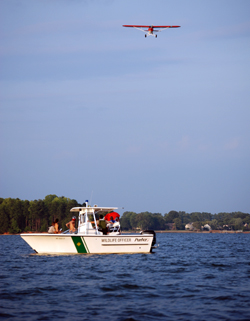

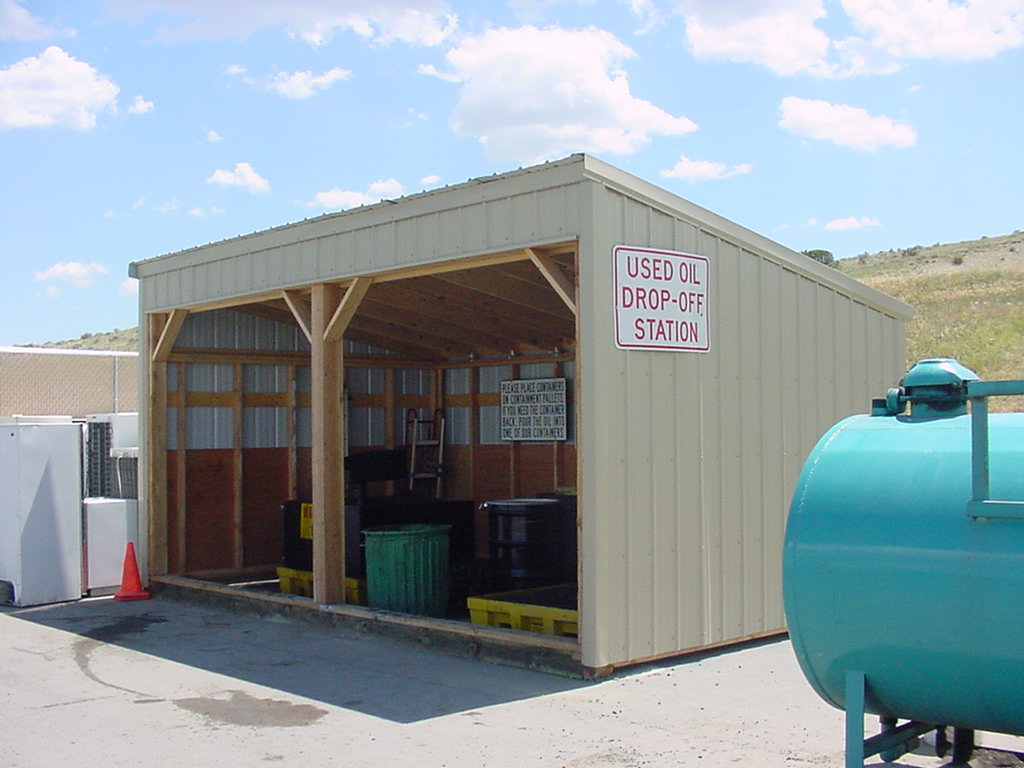 Through several posts on this blog, we’ve stressed the importance of recycling your
Through several posts on this blog, we’ve stressed the importance of recycling your  If you own or operate a sailboat, commercial fishing vessel, or recreational powerboat, now you can keep our waterways clean by properly managing your oily bilge water for free! Oily bilge water pump out stations have been installed at many marinas and lakes for the public to use, and oil absorbent pads are often available for free to help absorb
If you own or operate a sailboat, commercial fishing vessel, or recreational powerboat, now you can keep our waterways clean by properly managing your oily bilge water for free! Oily bilge water pump out stations have been installed at many marinas and lakes for the public to use, and oil absorbent pads are often available for free to help absorb 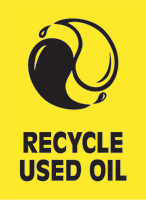 Clean Water: By recycling your used
Clean Water: By recycling your used  Today oil prices surged, yet again, to $127 a barrel. On the heels of this news are the concerns that oil prices will not go down as Memorial Day weekend (the unofficial first day of summer travel) looms closely. That said,
Today oil prices surged, yet again, to $127 a barrel. On the heels of this news are the concerns that oil prices will not go down as Memorial Day weekend (the unofficial first day of summer travel) looms closely. That said, 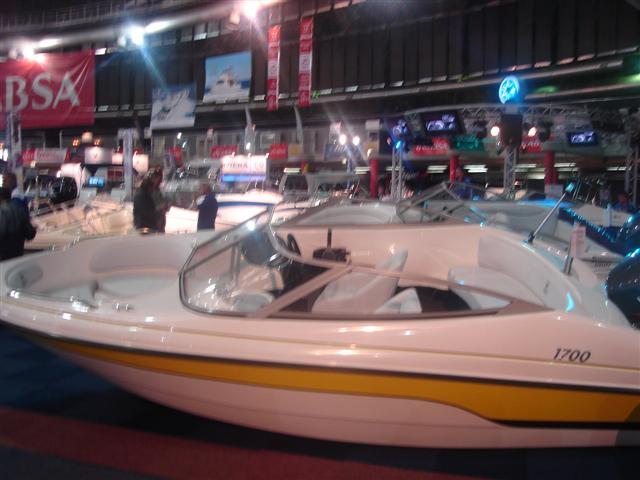 Recently I found that some of the motor oils I’ve been using have been more a detriment to my boat, often causing more problems eating more gas than anything else. Then someone recommended that I switch to
Recently I found that some of the motor oils I’ve been using have been more a detriment to my boat, often causing more problems eating more gas than anything else. Then someone recommended that I switch to  Recycling used
Recycling used